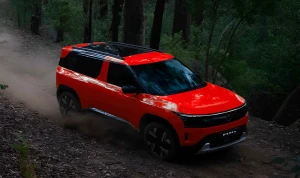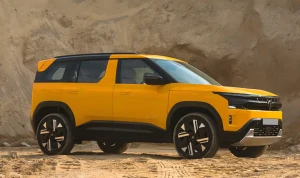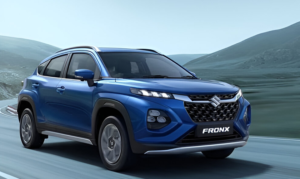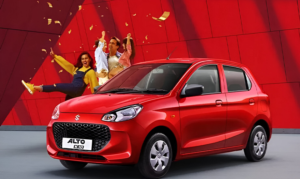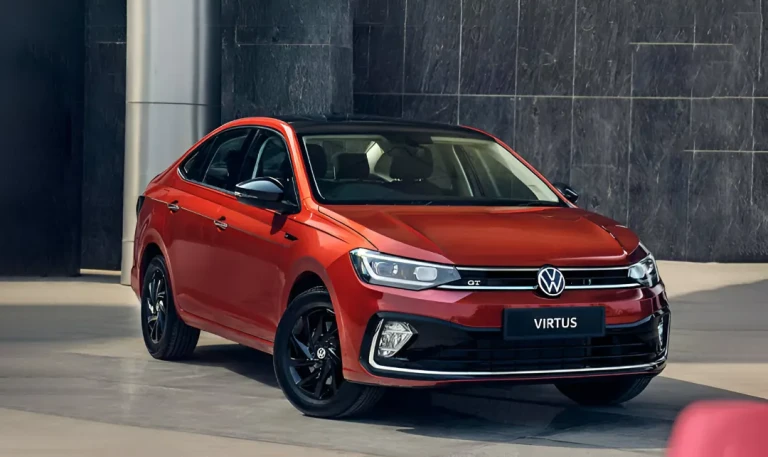Pros and Cons of Volkswagen Virtus
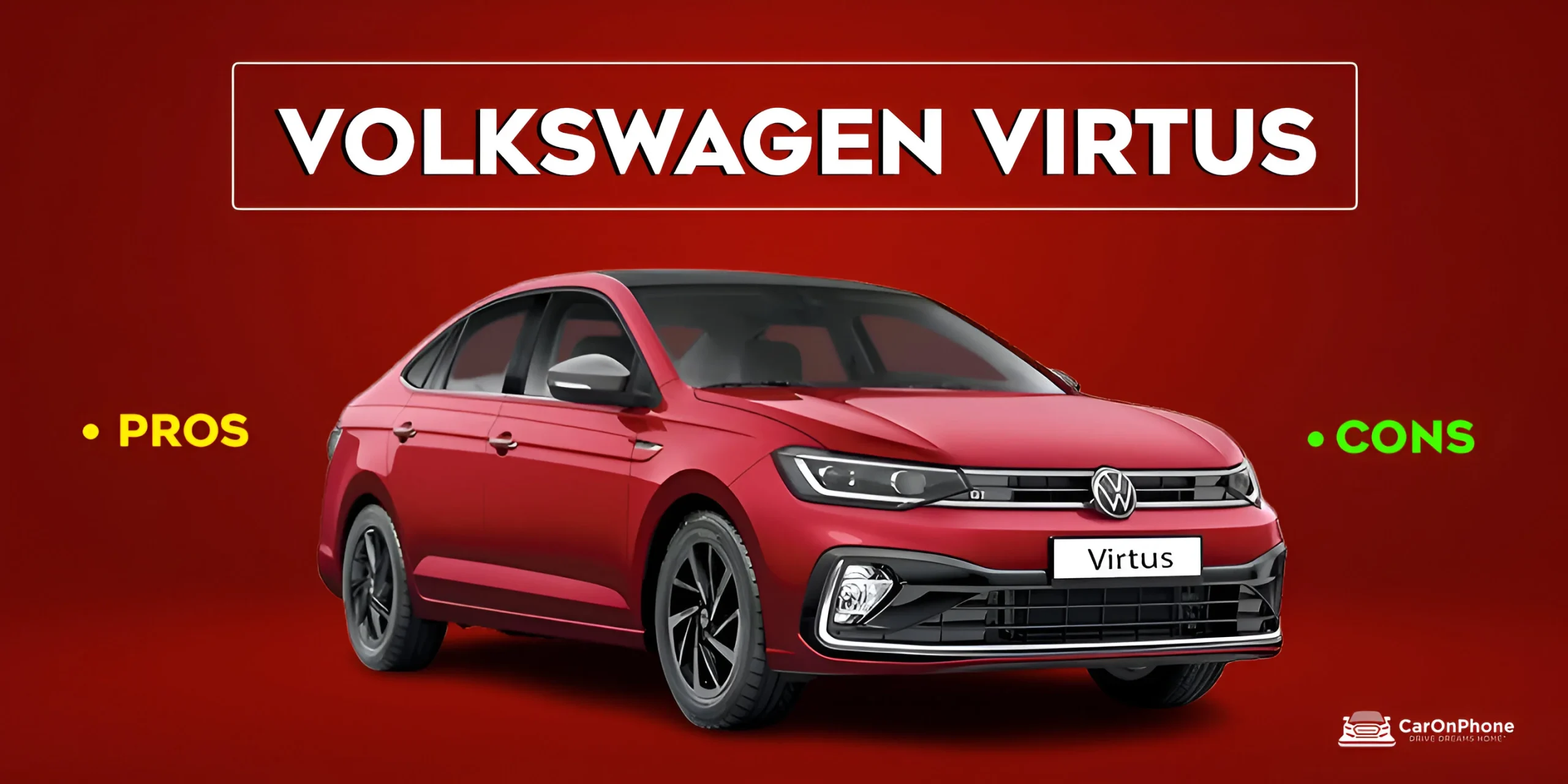
Pros and Cons of Volkswagen Virtus are at the heart of every buying decision. Whether you are drawn to its sharp lines or curious about its on-road feel, this VW Virtus review has you covered. You’ll see why the Virtus makes a strong case among sedans and where it might not fit your style.
Catch the latest launches and updates on CarOnPhone!What are the top pros of Volkswagen Virtus?
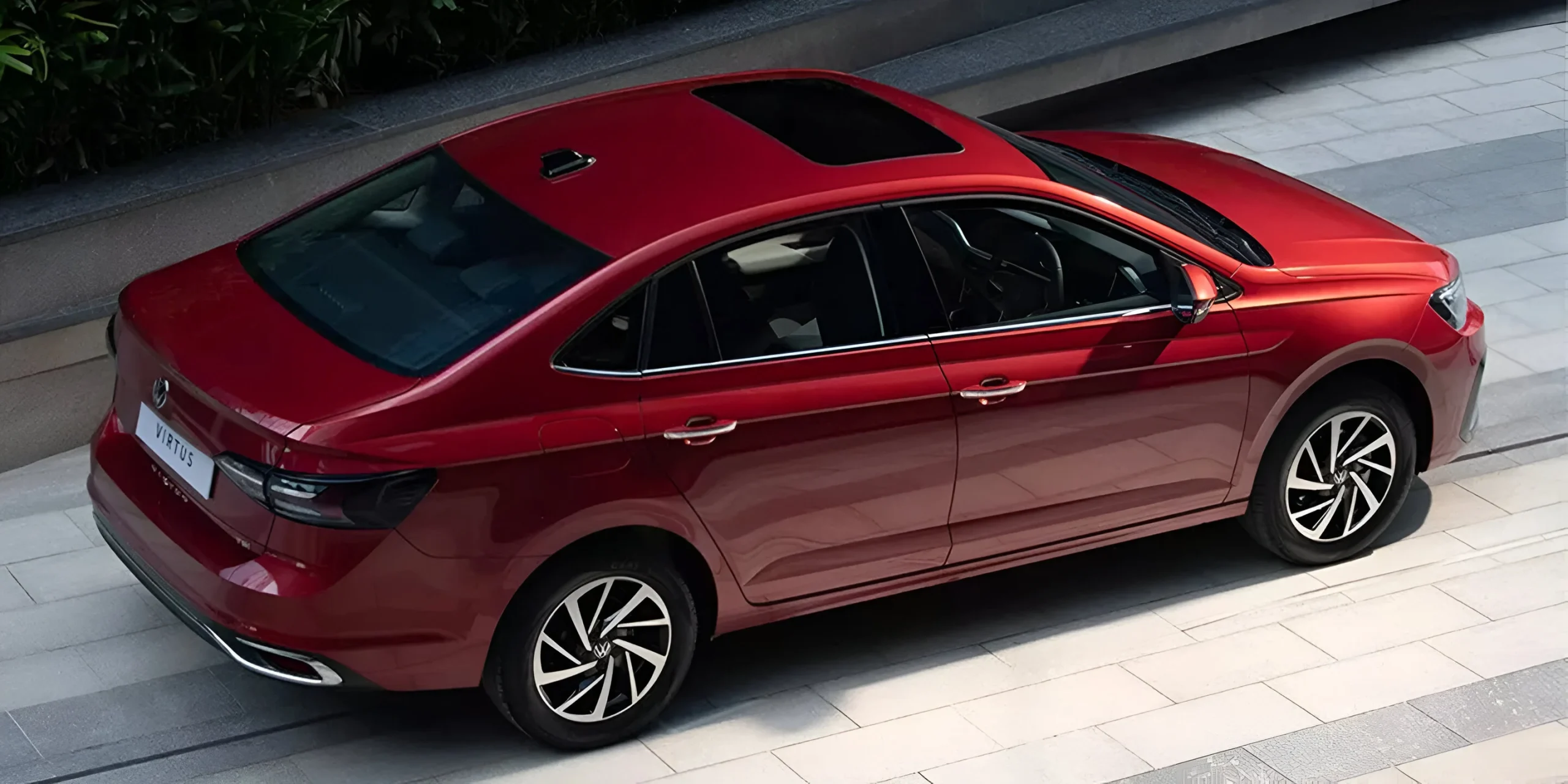
First off, the Virtus feels rock-solid the moment you close the door. Its build quality underscores why Volkswagen is praised globally for German engineering excellence.
Its engines deliver punchy performance. The 1.0-litre TSI three-cylinder thrills in daily driving, and the 1.5-litre TSI flexes muscle in top-end trims. If you like spirited drives, this sedan will inspire a smile.
Safety is another bright spot. Six airbags come standard, along with ESC and ISOFIX anchors. For anyone prioritizing peace of mind, these Volkswagen sedan pros and cons lean heavily toward safety.
The interior space wins compliments too. With 521 liters of boot volume and roomy rear seats, the Virtus beats many crossovers at practicality.
What are the main cons of Volkswagen Virtus?
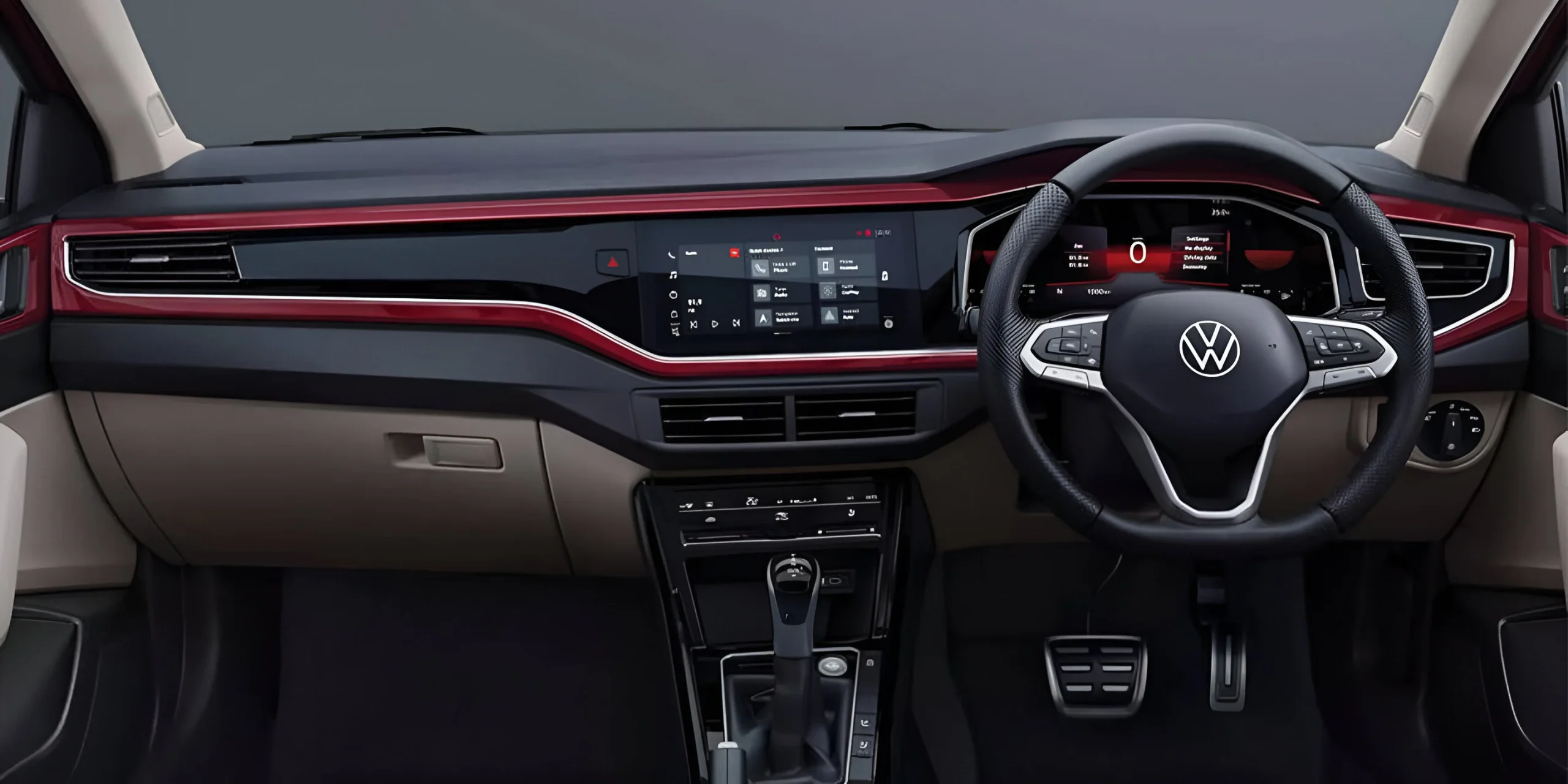
Starting price is a hurdle. Even the base model launches above Rs 11.5 lakh, and the Virtus GT Plus Sport peaks near Rs 19.4 lakh. Value seekers may find better deals elsewhere.
Next, service costs can sting. VW’s parts and labor tend to run higher than some Japanese rivals, nudging up your long-term ownership bills.
Some cabin plastics feel hard and budget-grade, which clashes with otherwise premium touches. In our VW Virtus review, this inconsistency in fit-and-finish ranks among some of the common drawbacks.
Finally, the DQ200 DSG gearbox has a mixed reliability history in India. If you plan to choose the 1.5 TSI automatic, be ready for a potentially fussy transmission.
How is the Virtus mileage on real roads?
What matters more than claims is real-world Virtus mileage. ARAI figures range from 18.45 to 20.8 kmpl, depending on manual or automatic choice.
On city streets, expect around 12–14 kmpl in heavy traffic. On open highways, keen drivers report up to 20 kmpl. If you’re tallying monthly fuel bills, this VW Virtus review detail will help you plan properly.
What sets the Virtus GT vs regular apart?
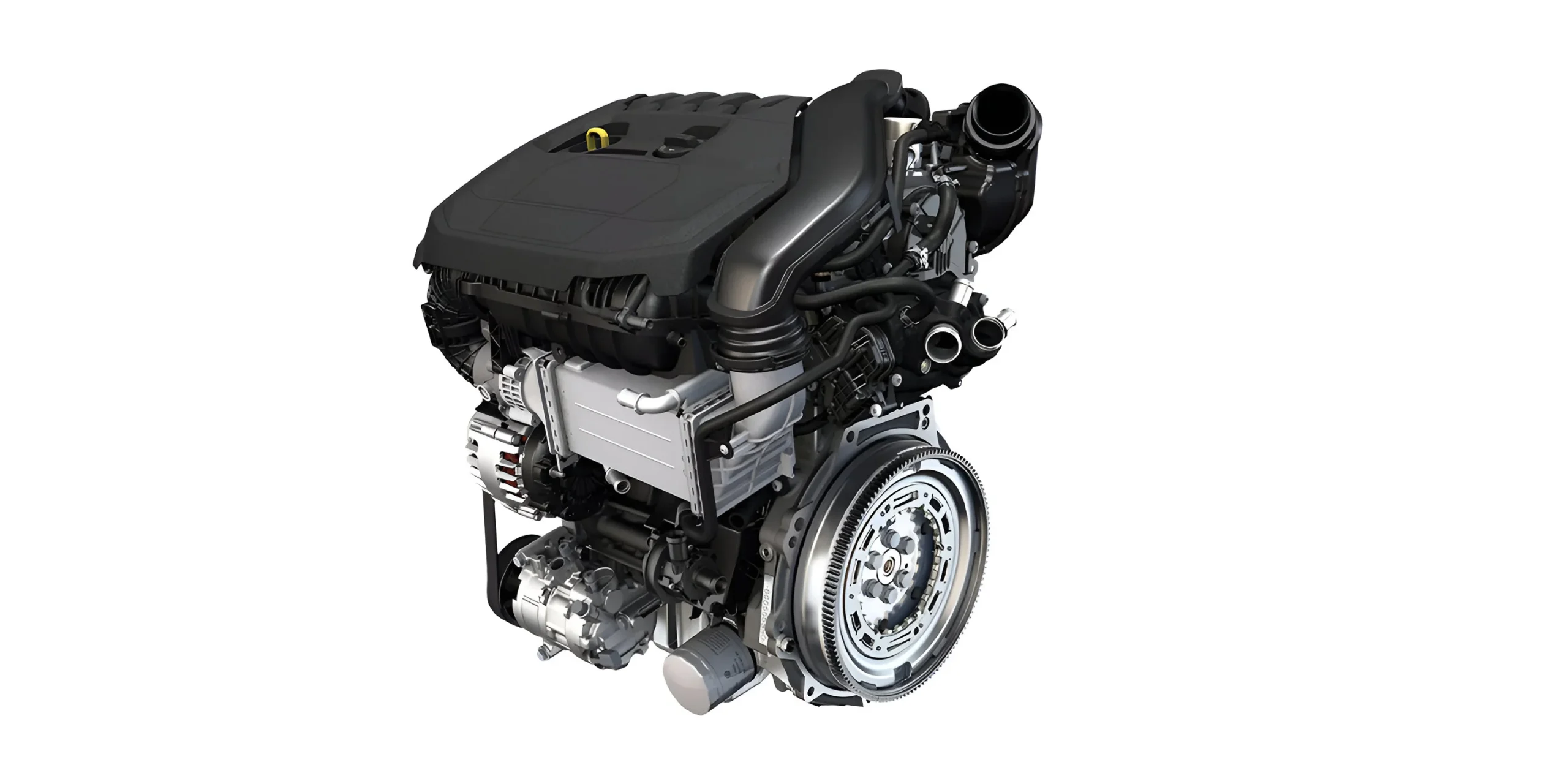
When you compare Virtus GT vs regular, styling cues stand out instantly. The GT gets blackout roof pillars, red brake calipers, and sportier bumpers. Under the skin, though, it’s still the same MQB-IN platform.
Power difference is the real deal. The 1.5 TSI in the GT cranks out 148 bhp and 250 Nm, versus 115 bhp and 178 Nm in the 1.0 TSI. If you crave torque for routine overtakes, the GT is the better pick.
Final Notes
Pros and Cons of Volkswagen Virtus in this article shows a fun-to-drive, safe, and spacious sedan with a premium feel. Its downsides include price, service costs, and occasional interior inconsistencies. But they must be weighed against its strengths.
Tags:
CarOnPhone is your one-stop destination to see all upcoming cars, latest cars, released cars, and EV Cars, and compare Cars in all Car Brands. Stay tuned and follow us to update yourself on the automotive world.


